Neurodiversity and Workplace Inclusion Webinar Reflection
As a workplace well-being consultant, my focus is influencing improved health outcomes and fostering cultures of well-being. Recently, I attended Jennifer Feldman’s webinar on Neurodiversity and Workplace Inclusion, where she offered practical ways for employers to attract and retain top talent, with specific consideration for neurodivergent employees. A quick Google search will tell you that Albert Einstein, Simone Biles, and Bill Gates are all neurodivergent. Imagine the outcomes if our workplaces had the chance to work with such brilliant minds!
Tuning in, I felt fortunate as the content was familiar to me from my time as an elementary educator. Educators are trained to recognize both visible and invisible disabilities, identify early signs, and pull in specialists for support. We learn, with help from specialists, how to accommodate a child's unique differences and provide tools to help them succeed. Educators know that students think and work differently, and that’s what makes each of them brilliant. This diversity in thinking leads to richer learning experiences and benefits the entire class.
The “aha” moment for me during Jennifer’s webinar happened as the chat feature lit up. I realized that the access to education I had as an educator was not the same for those leading workplaces. Some employers may not yet be aware of how to accommodate neurodivergent employees and understand the benefits of intentionally considering accommodations to attract and maintain a workforce of diverse thinkers. I’ve summarized Jennifer’s presentation and hope my reflection on her insights will provide you with valuable concepts to consider. By implementing these strategies, you can attract and retain top talent, ensuring that neurodivergent employees, as well as all employees, have the support they need to thrive. An important reminder for me, resonating from my teaching experience, was that when you implement an accommodation for one, it often benefits most. This intentional approach not only enhances the work experience but also enriches your workplace culture and has the potential to drive better business outcomes.
Here are a few key learnings from the Q2 Educational Intensive with Specialisterne:
What is Neurodiversity?
Neurodiversity refers to the diversity of human brains and minds, including both neurotypical and neurodivergent individuals. Neurodivergent conditions include autism, ADHD, dyslexia, and more.
Barriers to Neurodivergent Inclusion
Physical/Architectural Barriers: Lighting, open workspaces, noisy desk locations.
Information/Communication Barriers: Complicated signage or lack of closed captions.
Attitudinal Barriers: Misconceptions and stereotypes about neurodivergent individuals.
Technological Barriers: Inaccessible digital platforms and documents.
Policy and Practice Barriers: Organizational policies that unintentionally exclude neurodivergent individuals.
Guidance for Creating Inclusive Workplaces
Recruitment and Retention:
Alternative Screening Methods: Use competency-based assessments and work samples instead of traditional resumes and interviews.
Clear Job Descriptions: Write inclusive job descriptions that focus on skills and competencies rather than experience gaps.
Supporting Neurodivergent Employees:
Flexible Work Environments: Offer remote, hybrid, and in-person options with necessary accommodations.
Communication Strategies: Implement closed captions, provide written agendas, and use clear, literal language.
Sensory-Friendly Spaces: Create quiet spaces and modify open workspaces to reduce sensory overload.
Leadership and Policy Changes:
Allocate Resources: Ensure budgets and strategies are in place to support neurodiversity initiatives.
Measure Impact: Regularly assess the effectiveness of inclusion efforts and make adjustments as needed.
Advocate for ERGs: Support or create employee resource groups focused on neurodiversity.
Attitudinal Shifts: Educate employees to challenge stereotypes and foster empathy.
Event Planning:
Accessibility Requests: Include questions about accessibility needs in event registrations to better prepare and accommodate attendees.
If you are curious to learn more, I invite you to reach out to Jennifer and Specialisterne for support, and if you missed this event, be sure to contact the Wellbeing Think Tank team. As I continue my journey in workplace well-being, these insights are essential to relearn through continuous education, evaluate often, and advocate for.
Stay informed and inspired - subscribe to our bimonthly newsletter for the latest insights on workplace wellbeing.
If you value our work, consider making a donation to help us continue providing evidence-based resources and meaningful conversations. Every contribution makes a difference!
Missed an event? Become an individual supporter to receive on-demand access to all event recordings! Reach out to learn more.
